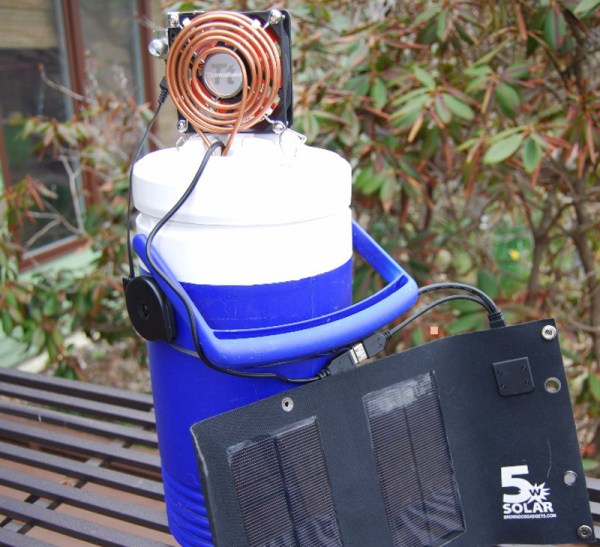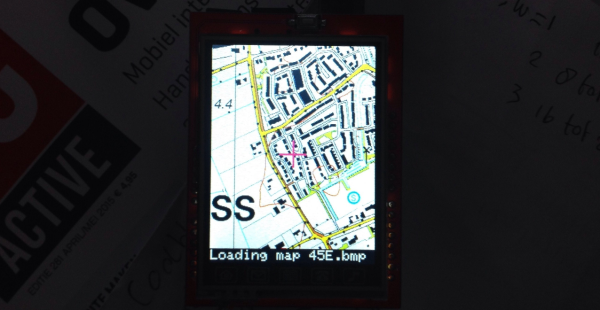We had a number of people tell us they weren’t able to get tickets to our Hackathon in New York on Saturday. A block of tickets was just made available. Head on over and grab yours right now!
We’re bringing a mini-van-load of hardware along with us for this one. Our hope is to see a hardware hacker claim the top prize of $5000, but we do have other prizes just for the teams that create something with hardware. You can team up with other creative hackers from the area, all while being wined and dined (well, fed and hydrated anyway) through the entire thing. We can’t wait to see what you can get working with just twenty-hours of build time! You can find out a bit more about the hardware we’re supplying and what we have planned over on our event page.
That’s on Saturday, but the fun actually starts this evening. Join us at 7pm this evening at Antler Wine & Beer Dispensary. We’d appreciate a quick RSVP if you’re coming, and don’t forget to bring some hardware you been working on lately. See you there!























